Description
This AWS Cloud Practitioner CCP CLF-C02 Exam Preparation eBook is the ultimate AWS CCP exam prep tool. It comes with AWS CCP practice exams, AWS flashcards, AWS cheat sheets, AWS quizzes and illustrations. This eBook is a must-have for anyone serious about passing the AWS CCP CLF-C02 exam.
Build the skills that’ll drive your career into six figures. AWS Cloud Practitioner skills and certifications can be just the thing you need to make the move into cloud or to level up and advance your career. 85% of hiring managers say cloud certifications make a candidate more attractive.
The AWS Certified Cloud Practitioner is a great starting point for individuals with no prior IT or cloud experience who are looking to switch to a career in the cloud or for those line-of-business employees who want to gain foundational cloud literacy. It validates your foundational, high-level understanding of AWS Cloud, services, and terminology. The exam is 90 minutes long and consists of 65 questions that are either multiple choice or multiple response. The exam fee is $100, and it is offered in multiple languages including English, Japanese, Korean, Simplified Chinese, Traditional Chinese, Bahasa (Indonesian), Spanish (Spain), Spanish (Latin America), French (France), German, Italian, and Portuguese (Brazil). There are no prerequisites to prepare for and take the AWS Certified Cloud Practitioner exam. The content outline is designed for candidates new to Cloud who may not have an IT background. While having up to 6 months of exposure to AWS Cloud can be helpful, it is not required. Earning this certification can greatly benefit your career. It serves as an entry point to a cloud career for candidates from non-IT backgrounds, and job listings requiring AWS Certified Cloud Practitioner have increased by 84%. After obtaining the AWS Certified Cloud Practitioner certification, you can consider taking the AWS Certified Solutions Architect – Associate, AWS Certified Developer – Associate, or AWS Certified SysOps Administrator – Associate certifications to further advance your career in roles such as cloud architect, cloud engineer, developer, and systems administrator. The AWS Certified Cloud Practitioner certification is valid for 3 years. Before it expires, you can recertify by retaking the latest version of the exam or by upgrading to any of the Associate or Professional-level certifications.
This e-book provides real AWS Cloud Practitioner Exam Questions and Answers through quizzes, practice exams, cheat sheets, Flashcards, illustrations
The quizzes cover the 4 exam categories below:
– Billing and Pricing
– Cloud Concepts
– Security and Compliance
– Technology
Who this book is for:
IT Professionals, Students, Computer Enthusiasts, Project Managers, Business Analysts, Cloud Professionals, Software Developers.
Everyone wanting to learn about the cloud and advance their career
Any professional in any domain
The categories cover: VPC, S3, DynamoDB, EC2, ECS, Lambda, API Gateway, CloudWatch, CloudTrail, Code Pipeline, Code Deploy, TCO Calculator, SES, EBS, ELB, AWS Autoscaling , RDS, Aurora, Route 53, Amazon CodeGuru, Amazon Bracket, AWS Billing and Pricing, Simply Monthly Calculator, cost calculator, Ec2 pricing on-demand, AWS Pricing, Pay As You Go, No Upfront Cost, Cost Explorer, AWS Organizations, Consolidated billing, Instance Scheduler, on-demand instances, Reserved instances, Spot Instances, CloudFront, Workspace, S3 storage classes, Regions, Availability Zones, Placement Groups, Amazon lightsail, Amazon Redshift, EC2 G4ad instances, EMR, DAAS, PAAS, IAAS, SAAS, Machine Learning, Key Pairs, AWS CloudFormation, Amazon Macie, Textract, Glacier Deep Archive, 99.999999999% durability, Codestar, AWS X-Ray, AWS CUR, AWS Pricing Calculator, Instance metadata, userdata, SNS, Desktop As A Service, EC2 for Mac, Aurora Postgres SQL, Kubernetes, Containers, Cluster, IAM, S3 FAQs, EC2 FAQs, IAM FAQs, RDS FAQs, AWS Private 5G, Graviton, AWS Mainframe modernization, Lake Formation, On-demand analytics, EMAR, MSK, etc.
Abilities Validated by the AWS Cloud Practitioner Certification:
Define what the AWS Cloud is and the basic global infrastructure
Describe basic AWS Cloud architectural principles
Describe the AWS Cloud value proposition
Describe key services on the AWS platform and their common use cases
Describe basic security and compliance aspects of the AWS platform and the shared security model
Define the billing, account management, and pricing models
Identify sources of documentation or technical assistance
Describe basic/core characteristics of deploying and operating in the AWS Cloud
After successfully taking this practice exam, you should be able to:
Explain the value of the AWS Cloud.
Understand and explain the AWS shared responsibility model.
Understand AWS Cloud security best practices.
Understand AWS Cloud costs, economics, and billing practices.
Describe and position the core AWS services, including compute, network, databases, and storage.
Identify AWS services for common use cases.
This book is also accessible an an app and you can download it below:
android: https://play.google.com/store/apps/details?id=com.awscloudpractitonerexampreppro.enoumen
ios: https://apps.apple.com/ca/app/aws-cloud-practitioner-pro/id1501104845
Windows 10/11: https://www.microsoft.com/en-ca/store/p/aws-certified-cloud-practitioner-mock-exams-pro/9phhz236gh4d
Web: AWS Certified Cloud Practitioner Exam Prep (https://awscloudpractitionerexamprep.com)
#AWS #CCP #CloudPRactitioner #AWSTraining #AWSCCP #CLFC01 #AWSPractitioner #AmazonCloud #Djamgatech #AWSCertification #LearnAWS #AWSCloud
The AWS Certified Cloud Practitioner Exam is the basic level AWS Cloud certification exam for individuals who want to demonstrate their AWS Cloud knowledge. The AWS CCP Exam tests a candidate’s AWS Cloud skills and knowledge across six key domains.
Build the skills that’ll drive your career into Six Figures. Cloud skills and certifications can be just the thing you need to make the move into cloud or to level up and advance your career. 85% of hiring managers say cloud certifications make a candidate more attractive. Start your cloud journey with this excellent book:
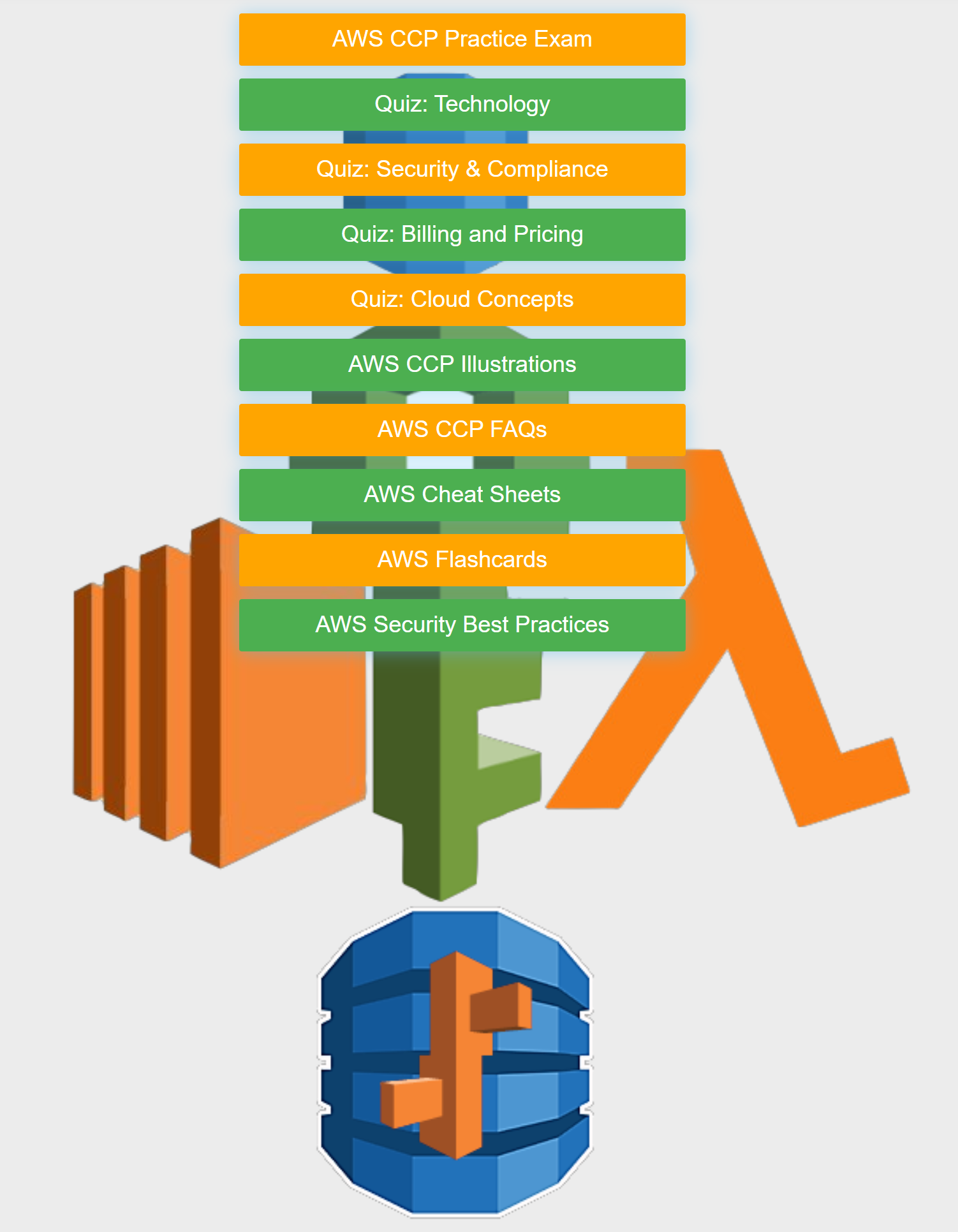
A candidate who earns the AWS CCP certification shows that they can:
explain the value of the AWS Cloud, understand and explain the AWS shared responsibility model, understand AWS Cloud security and compliance best practices, understand AWS Cloud costs, economics, and billing practices, describe and position core AWS services, and identify AWS services for common use cases. The AWS CCP Exam is recommended for entry-level IT professionals and students who want to validate their AWS Cloud knowledge. Candidates who earn the AWS CCP certification show that they have the skills and knowledge needed to successfully work with the AWS platform. The AWS Certification Program recognizes IT professionals with the technical skills and expertise necessary to build and maintain applications on the AWS platform. Earning an AWS certification validates your ability to effectively leverage AWS technology to drive business value. Candidates who pass the exam receive a digital badge from Amazon Web Services that can be shared on social media platforms such as LinkedIn. In addition, candidates who earn the AWS CCP certification are featured in the AWS Certified Professional Directory, which is searchable.
#AWSCertified, #AWSCloudPractitioner, #AWSCertification, #AWSCLFC02, #CloudComputing, #AWSStudyGuide, #AWSTraining, #AWSCareer, #AWSExamPrep, #AWSCommunity, #AWSEducation, #AWSBasics,
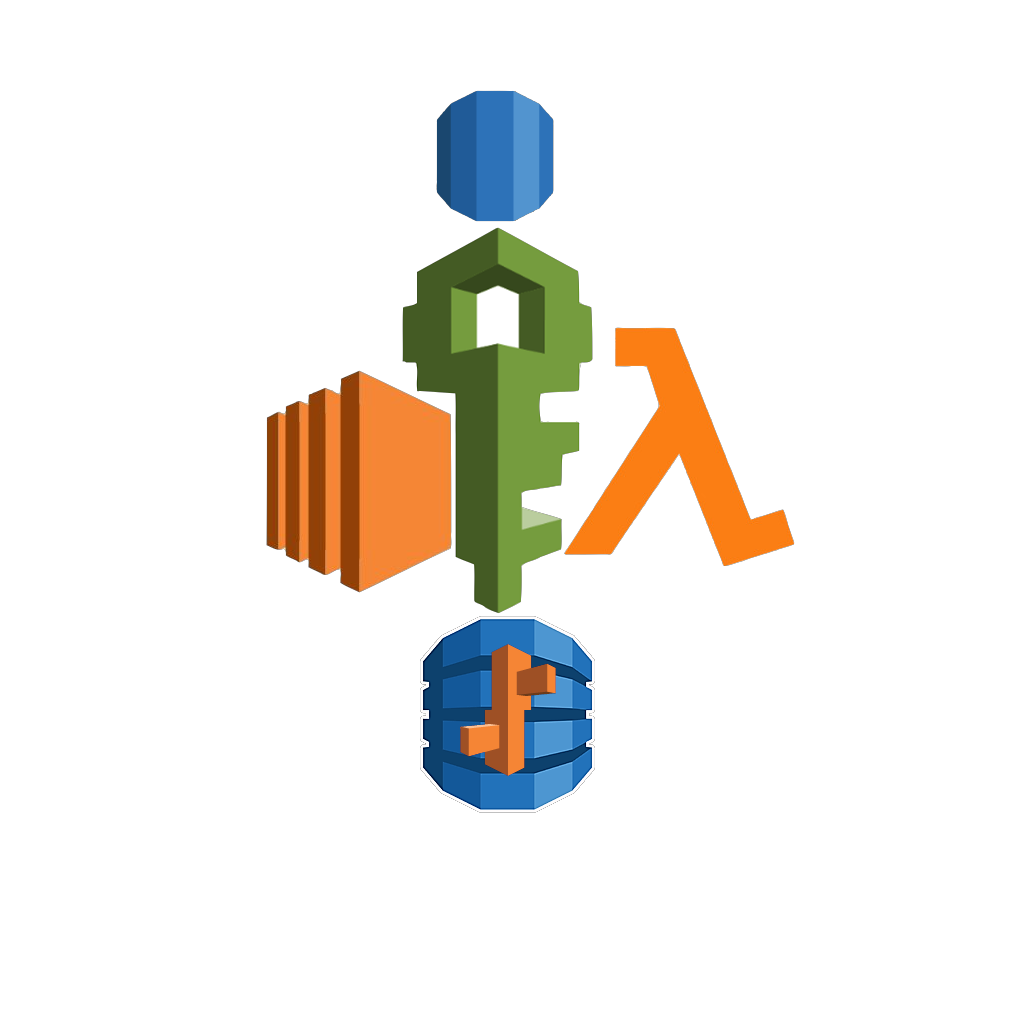
The AWS Cloud Practitioner Certification is designed for individuals who want to demonstrate their overall knowledge of the AWS cloud. The certification exam covers a range of topics including AWS services, security, architecture, pricing, and support.
To help you prepare for the exam, our Book includes practice exams with questions similar to those you will find on the real exam. We also have a wide selection of AWS cheat sheets and flashcards to help you memorize key concepts. In addition, we have included a Quiz section with score tracking so you can test your knowledge as you study.
If you are looking for an all-in-one solution to help you prepare for the AWS Cloud Practitioner Certification Exam, look no further than this AWS Cloud Practitioner CCP CLFC02 Exam Prep Book.
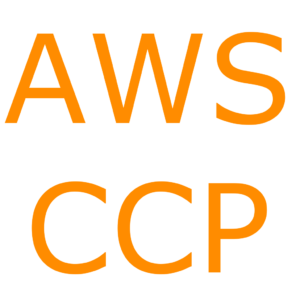

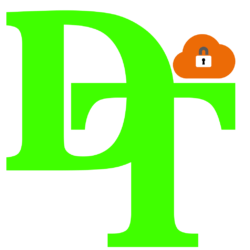
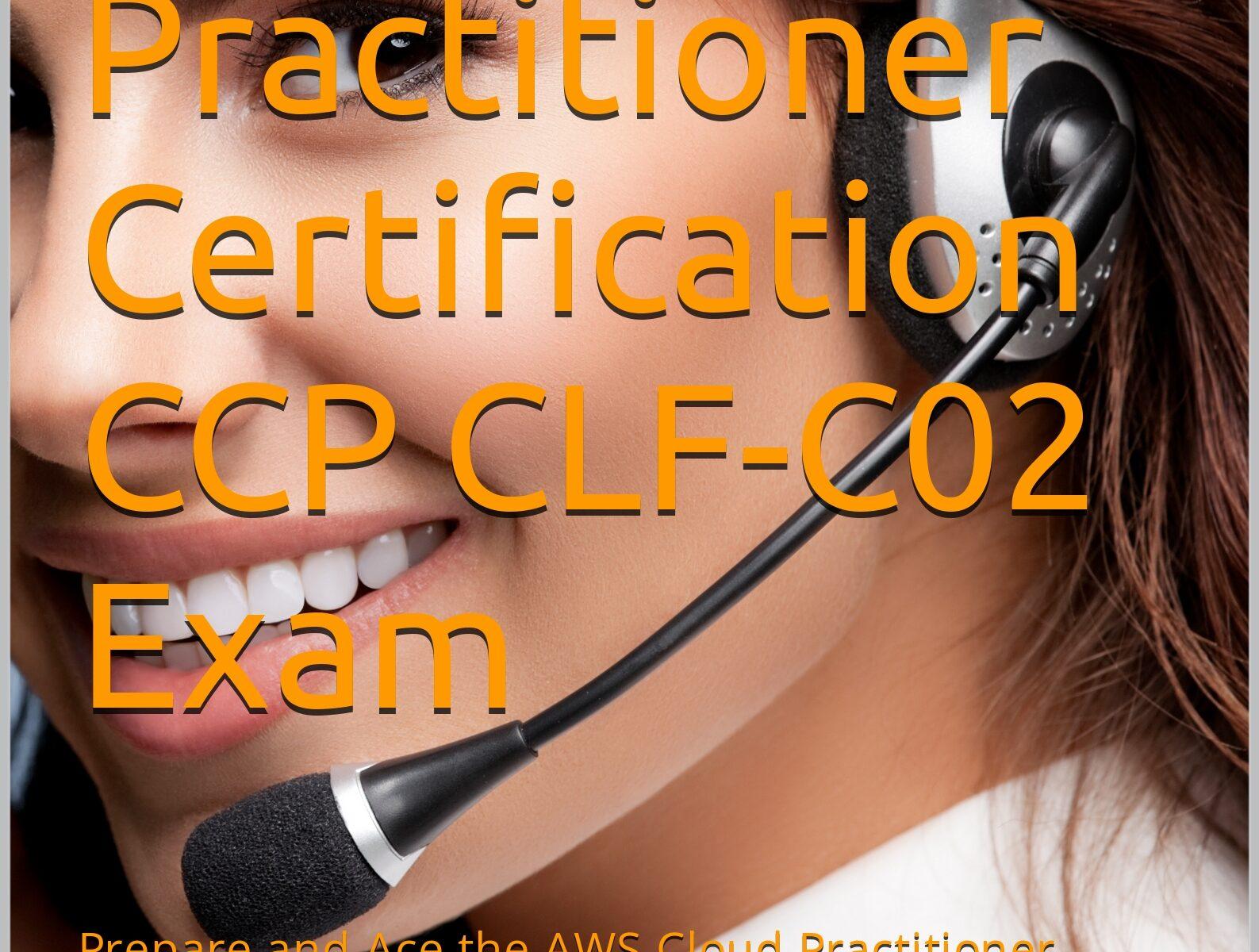


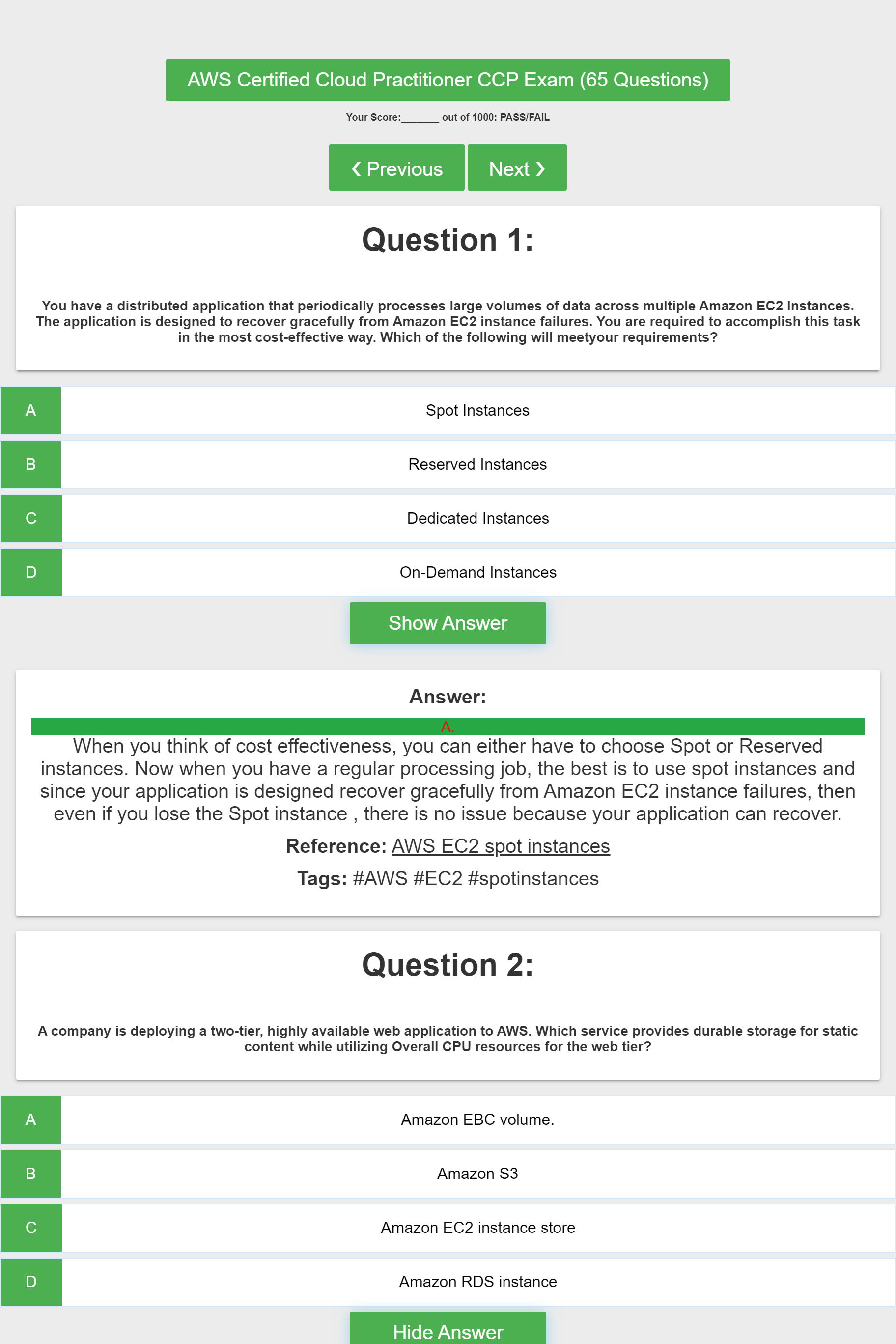
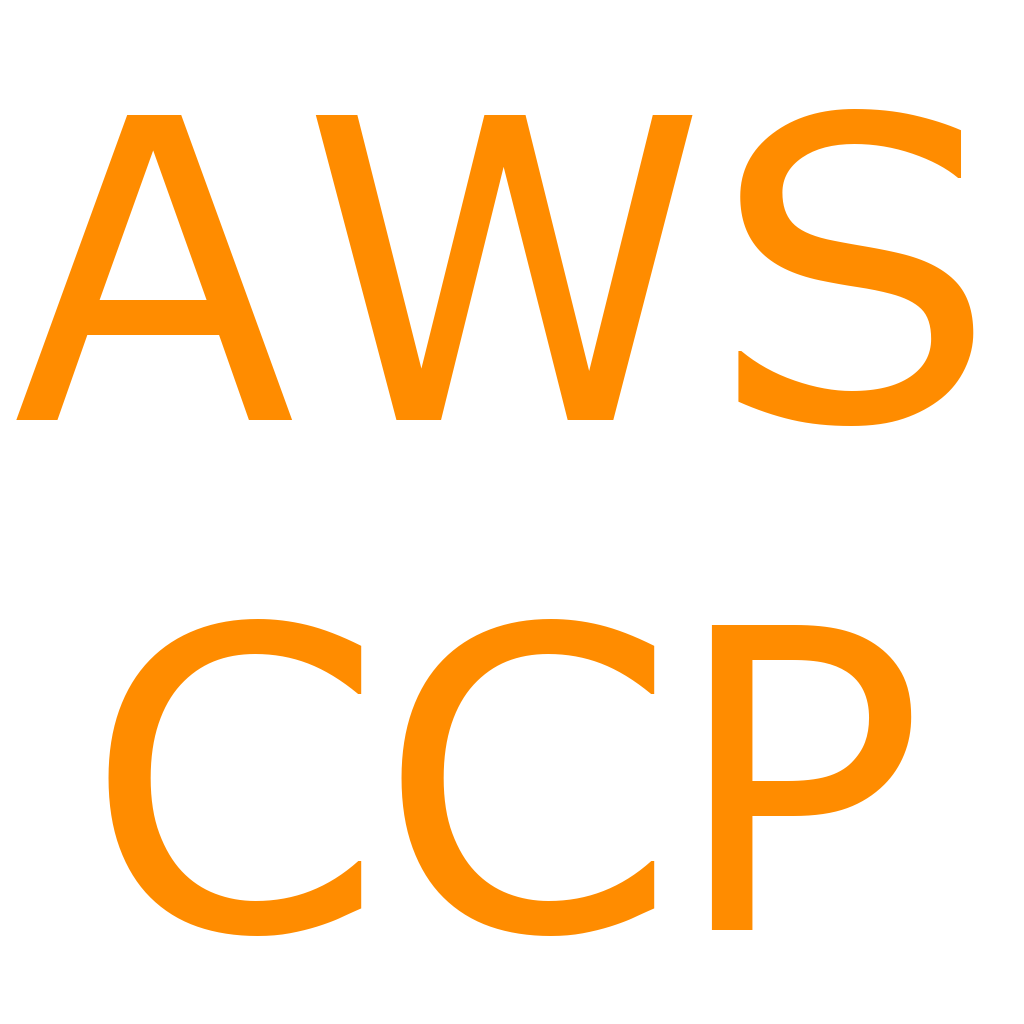
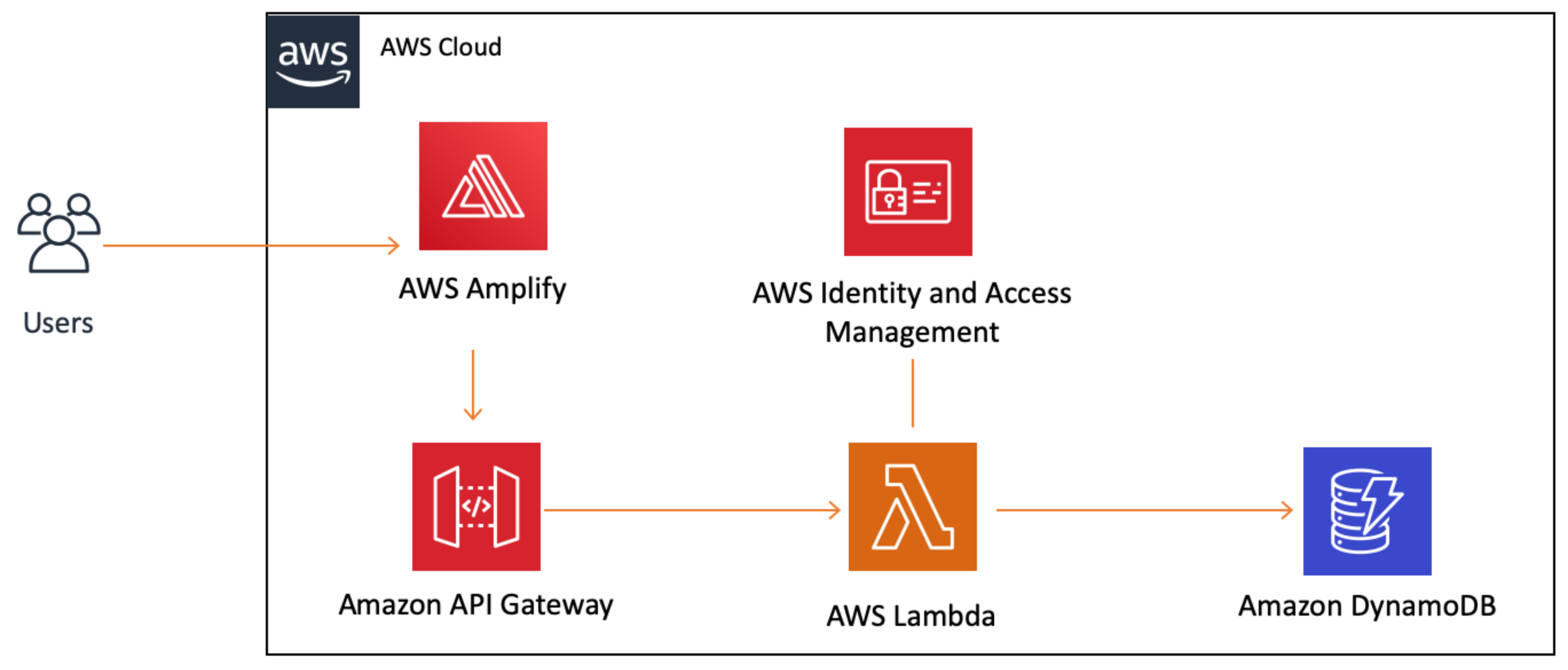
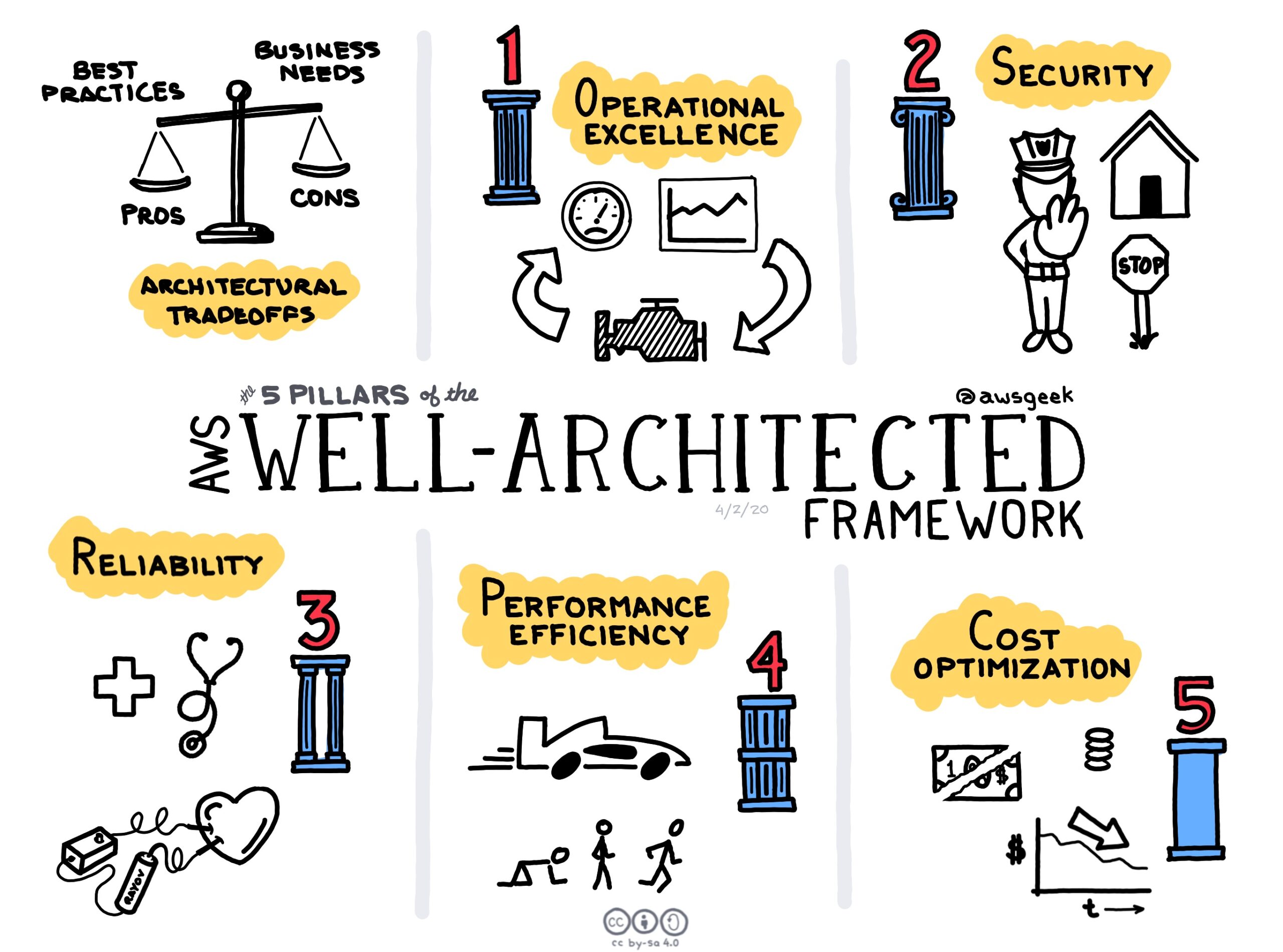
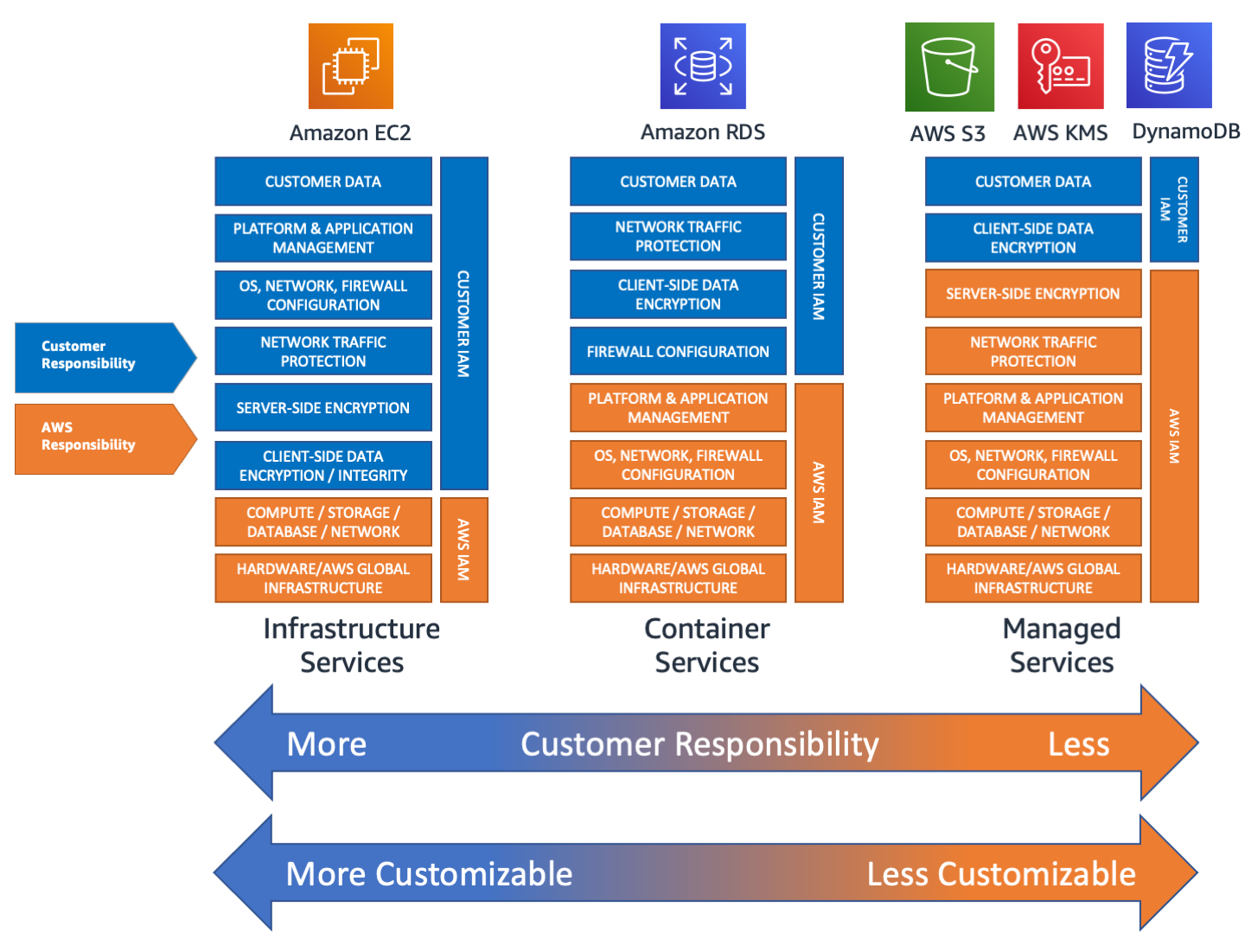
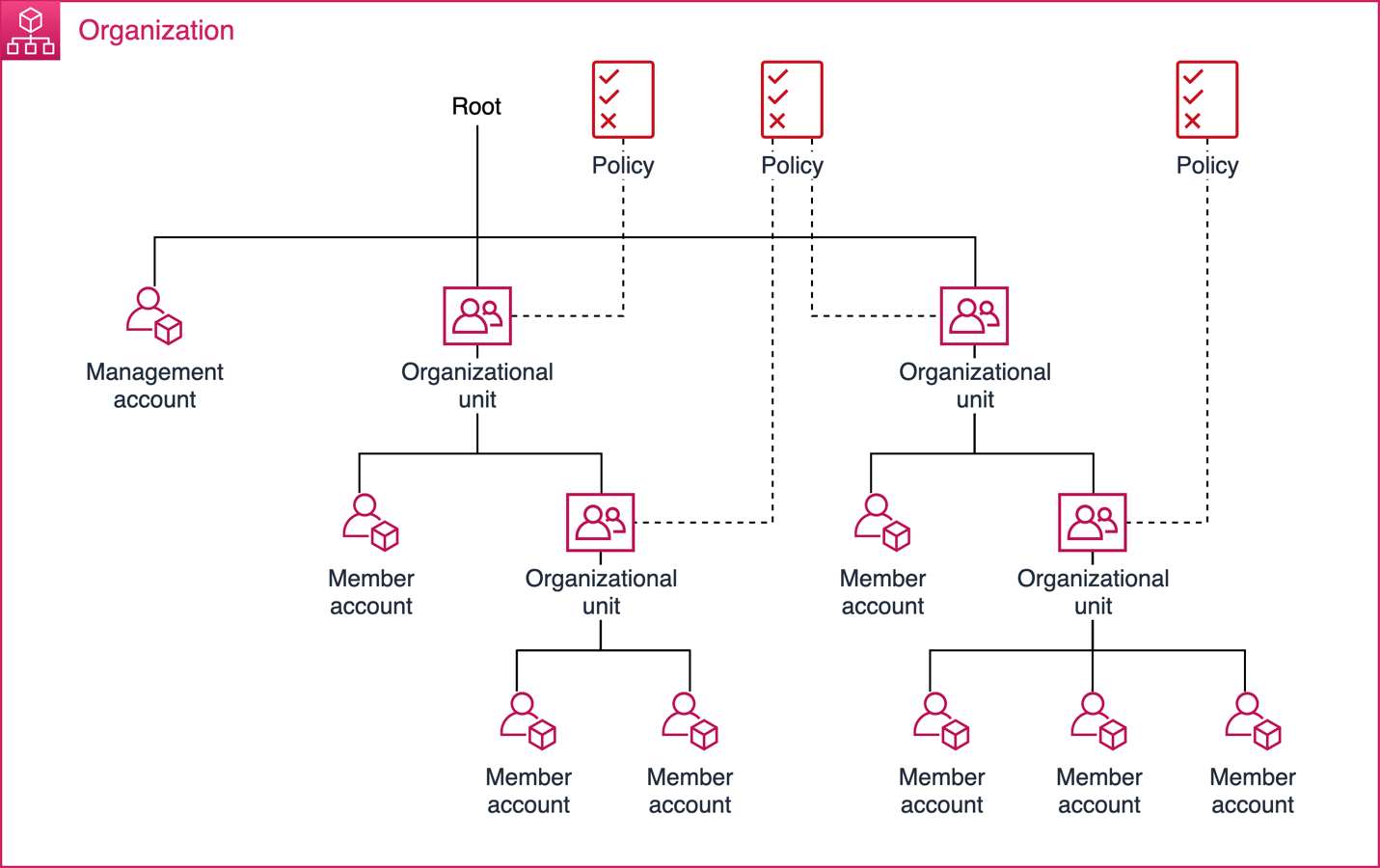
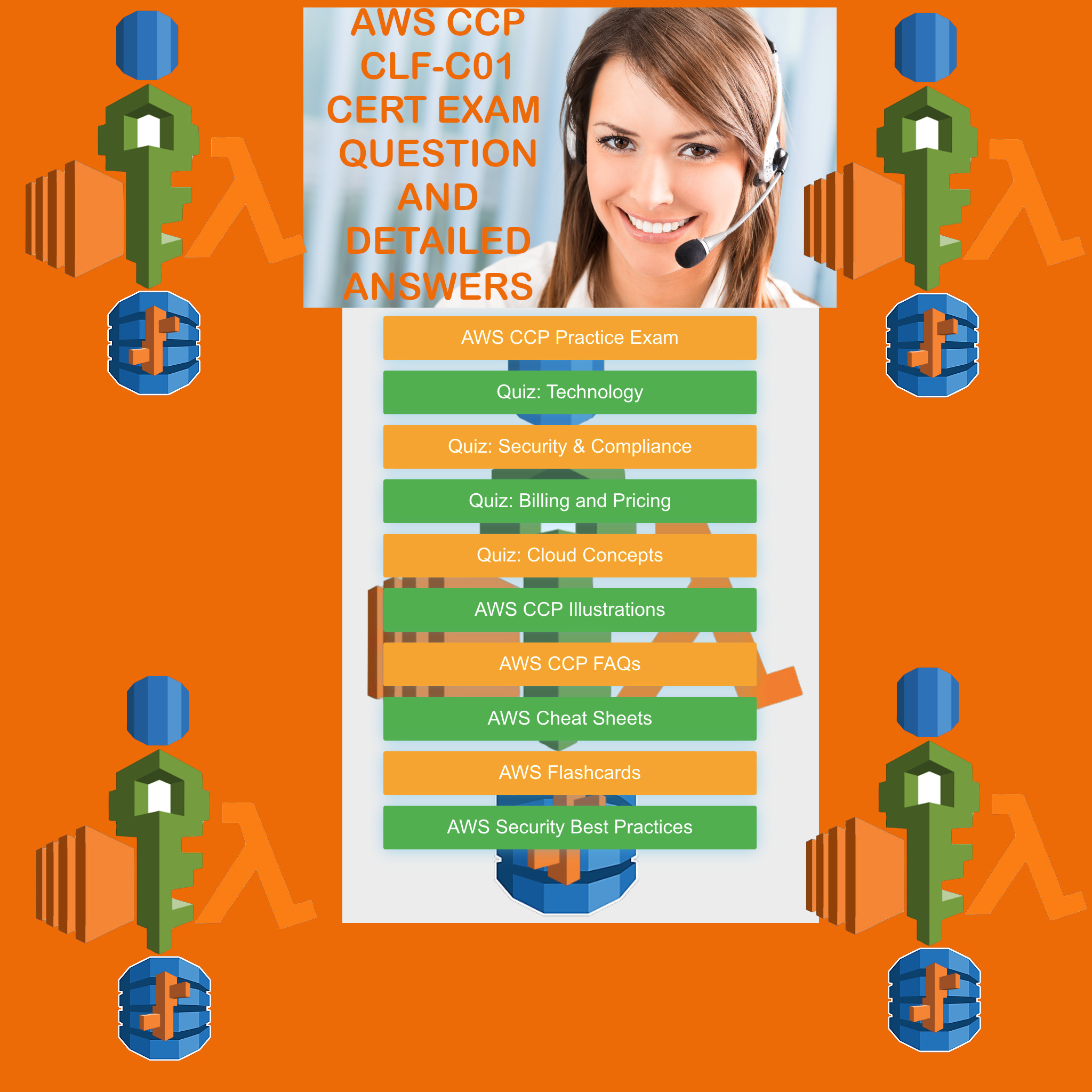
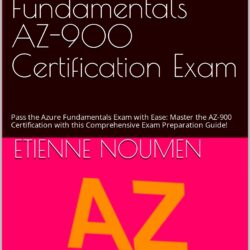
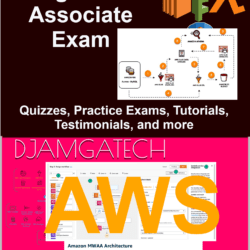
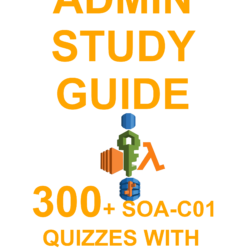

Reviews
There are no reviews yet.